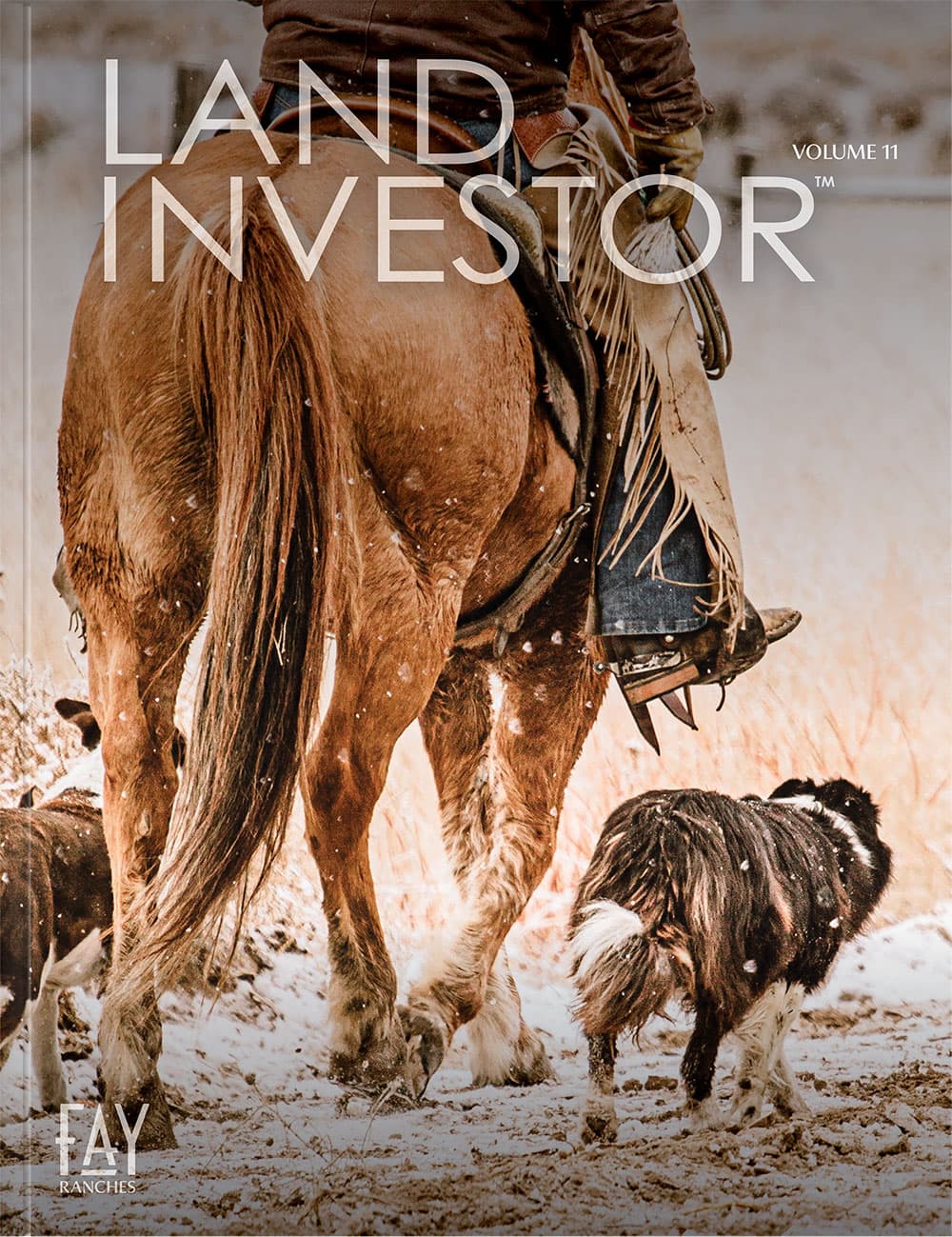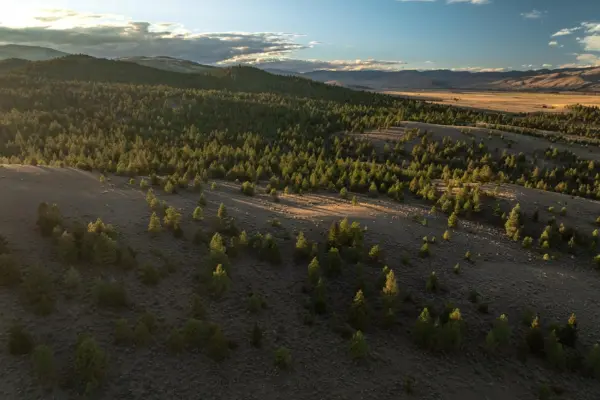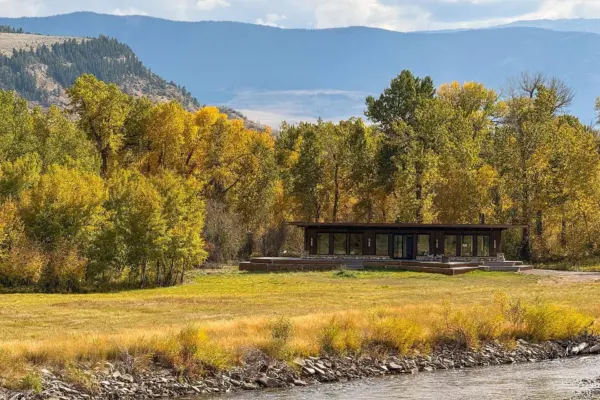Party Applications (Applies only to a general license area): Montana uses a preference point system for non-resident general licenses and a bonus point system for special permits. For nonresident sportsmen and women, successfully obtaining a general license drives the ability to also draw a special permit. Regardless of if a nonresident owns land in a general license district or a special hunting district, they must first draw a general license. For those in whose land is in a general hunting district, this is all they will need to hunt on their land and other lands also located in a general hunting district. For those that own land in a special hunting district, they will need to not only draw a general hunting license, but also apply for and draw a special permit for the special hunting district in which their land is located in order to hunt on that owned land or other lands located within that special hunting district.
One way to minimize this confusion while maximizing your odds as a nonresident landowner (or non-landowner) is to apply for a general license through a party application. “Montana recognizes fractured points,” Arnaud says. That means a nonresident can apply with up to four other hunters, pooling their points to accumulate a higher average of preference points than they would have otherwise had. In Montana, you can have no more than three preference points, and most licenses are given to those with greater than one preference point, awarded in descending order to those with the most points. For example, three hunters make a party application; one hunter has 1 point, a second hunter has 2
points, and the third has 1 point. The points are added together to equal 4 points and then divided by the number of applicants, averaging 1.33 points for each hunter. They will all receive tags before anyone with just one preference point.
Hire an Outfitter (Applies only to a general license area): A few benefits of doing this as a nonresident landowner exist. First, this is an effective way to learn your land and how to hunt it most effectively and efficiently. Hiring a professional outfitter will expedite your learning curve and enhance your sporting opportunities on your land. Second, hiring an outfitter to guide you as a nonresident landowner allows you to purchase two preference points in any year you are hunting with the outfitter. If you choose to hire an outfitter every year, you can buy and receive two preference points, essentially guaranteeing a general hunting license every year. Outfitters' guides must guide outfitter clients, and all lands hunted must be put in the outfitter operation plan.
It can be argued that Montana is the most rewarding place to own land. Taylor Sheridan chose to film his hit series Yellowstone and the prequels 1883 and 1923 because the landscape here is as real as the wildlife that lives on it. As a Montana landowner who enjoys sporting pursuits, you must know how to maximize your opportunities.
Stay tuned for the Land Investor podcast interview with Rob Arnaud coming soon and refer to the table below, which visually breaks down hunting tag options for resident and nonresident landowners in Montana. Finally, I would tell you that as I write this article, there are some legislative proposals being brought forth in Helena that may impact landowner sporting options.
If you are interested in reviewing your options as a landowner (or staying updated on current legislation), you can contact myself or the Fay Ranches broker that you are currently working with.












